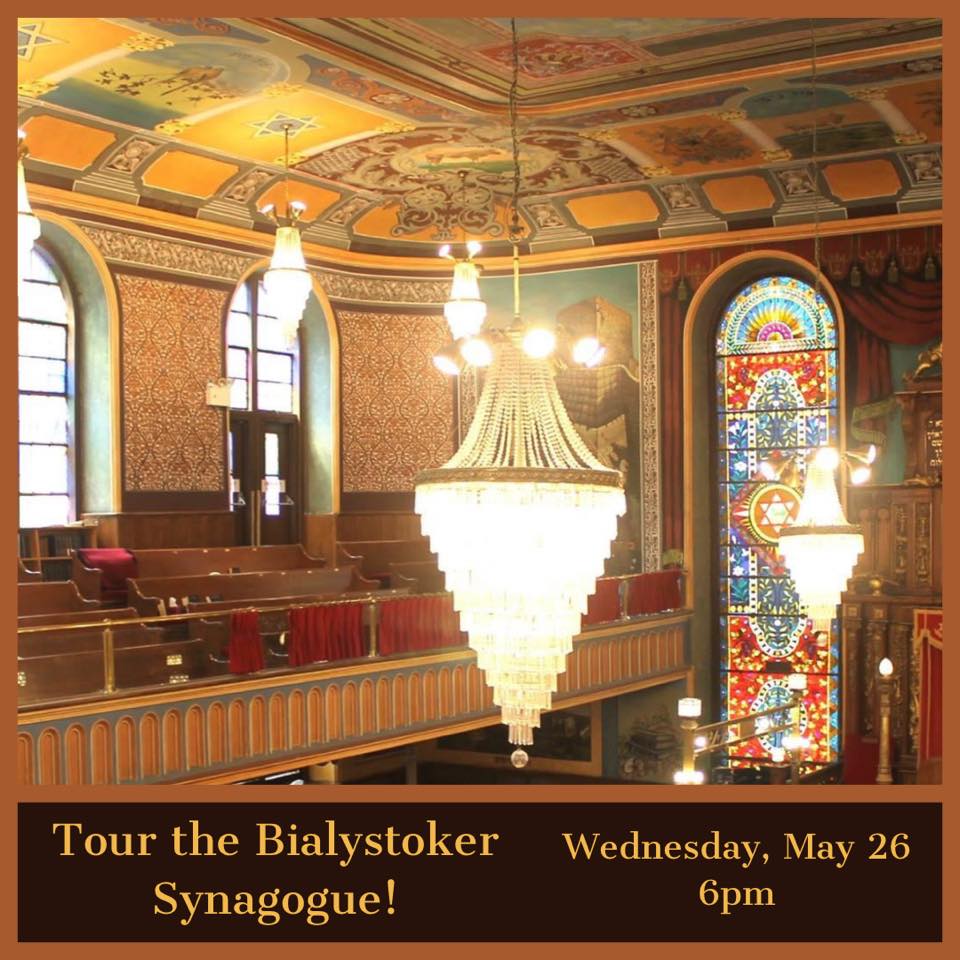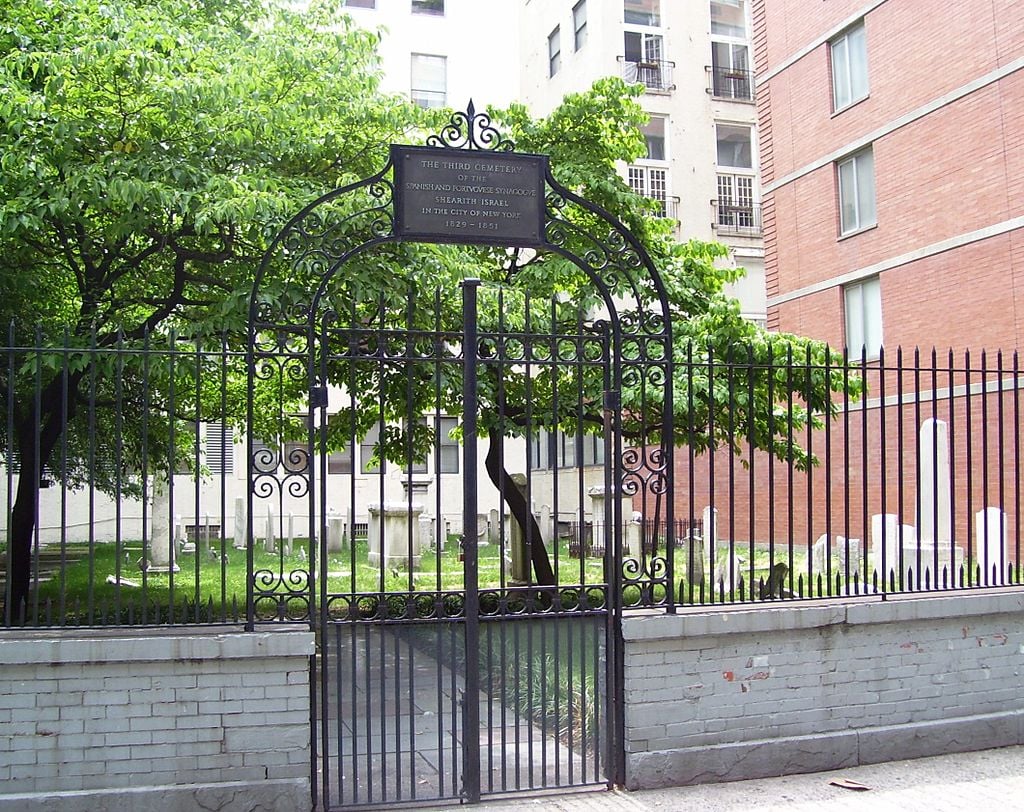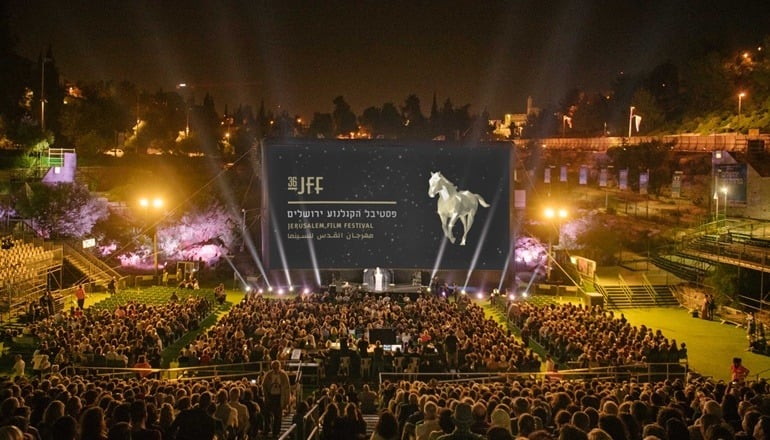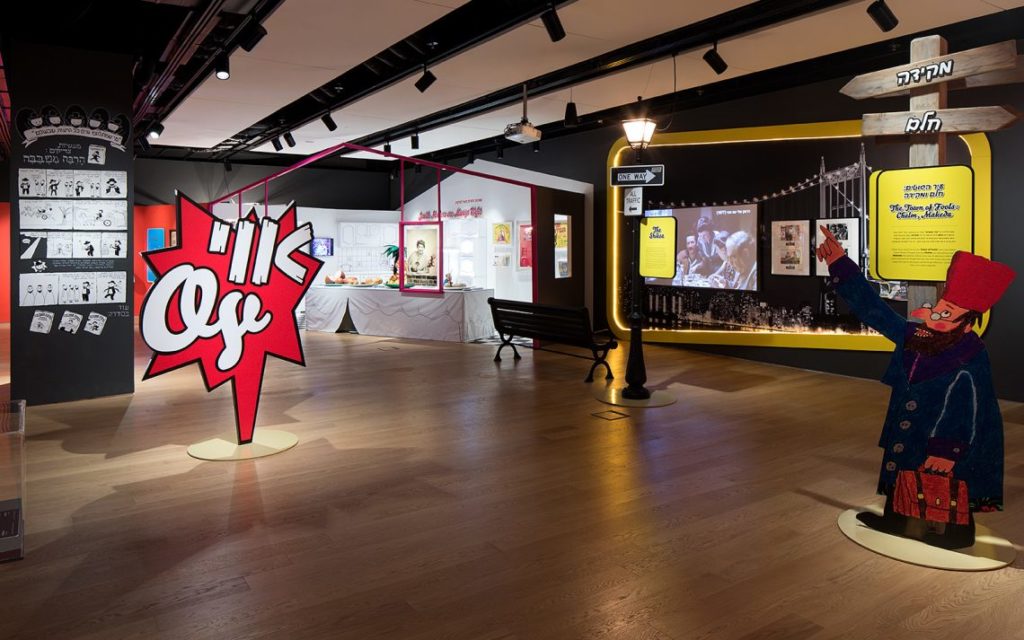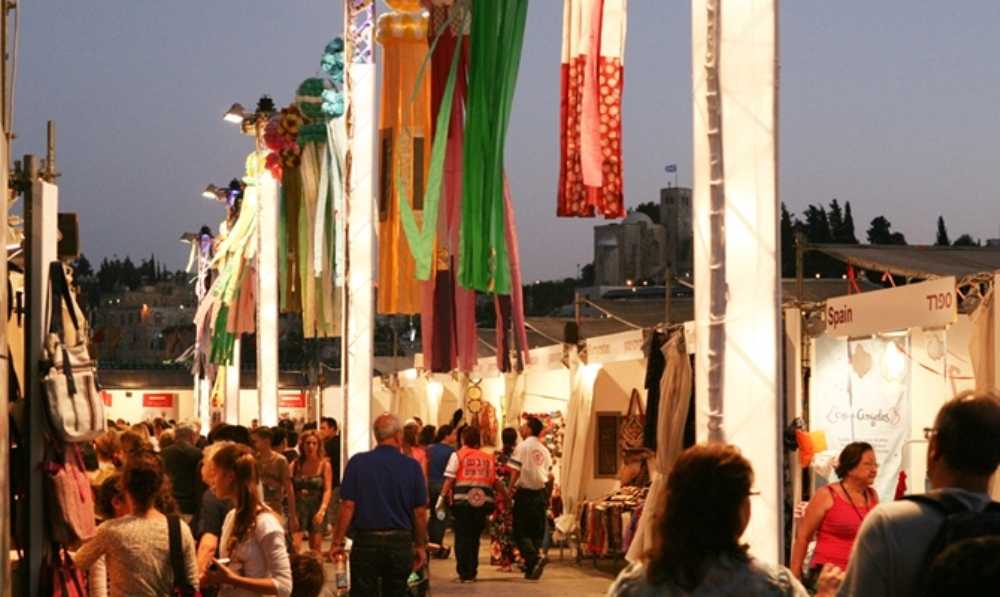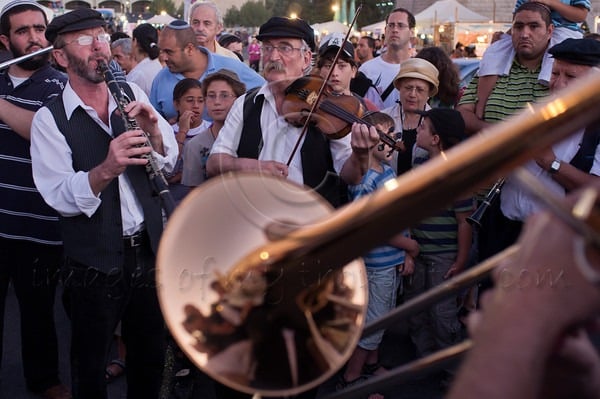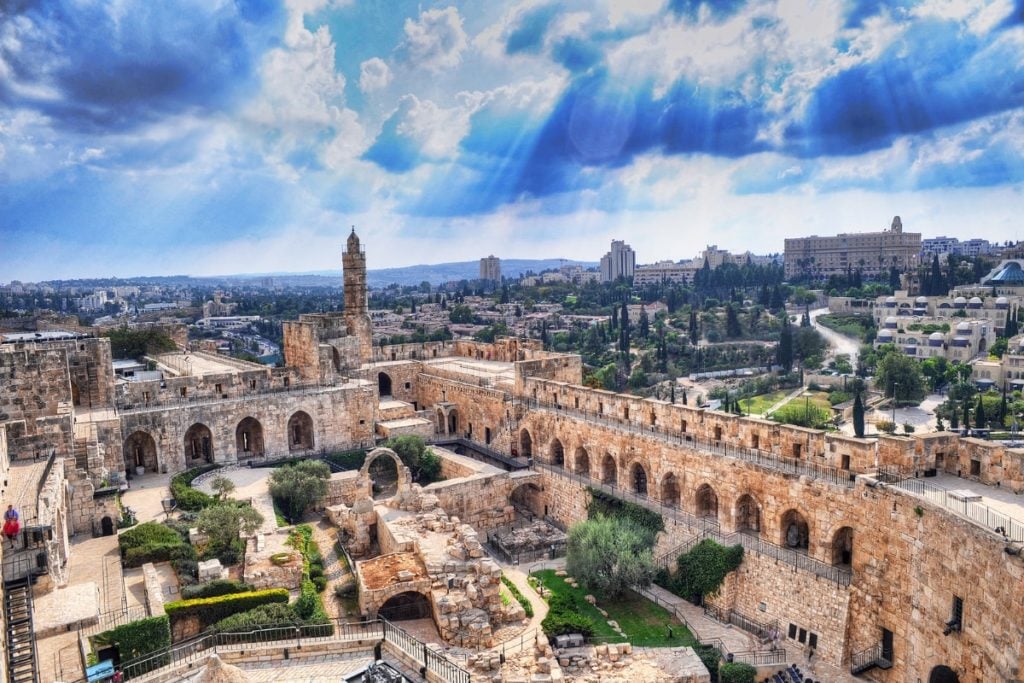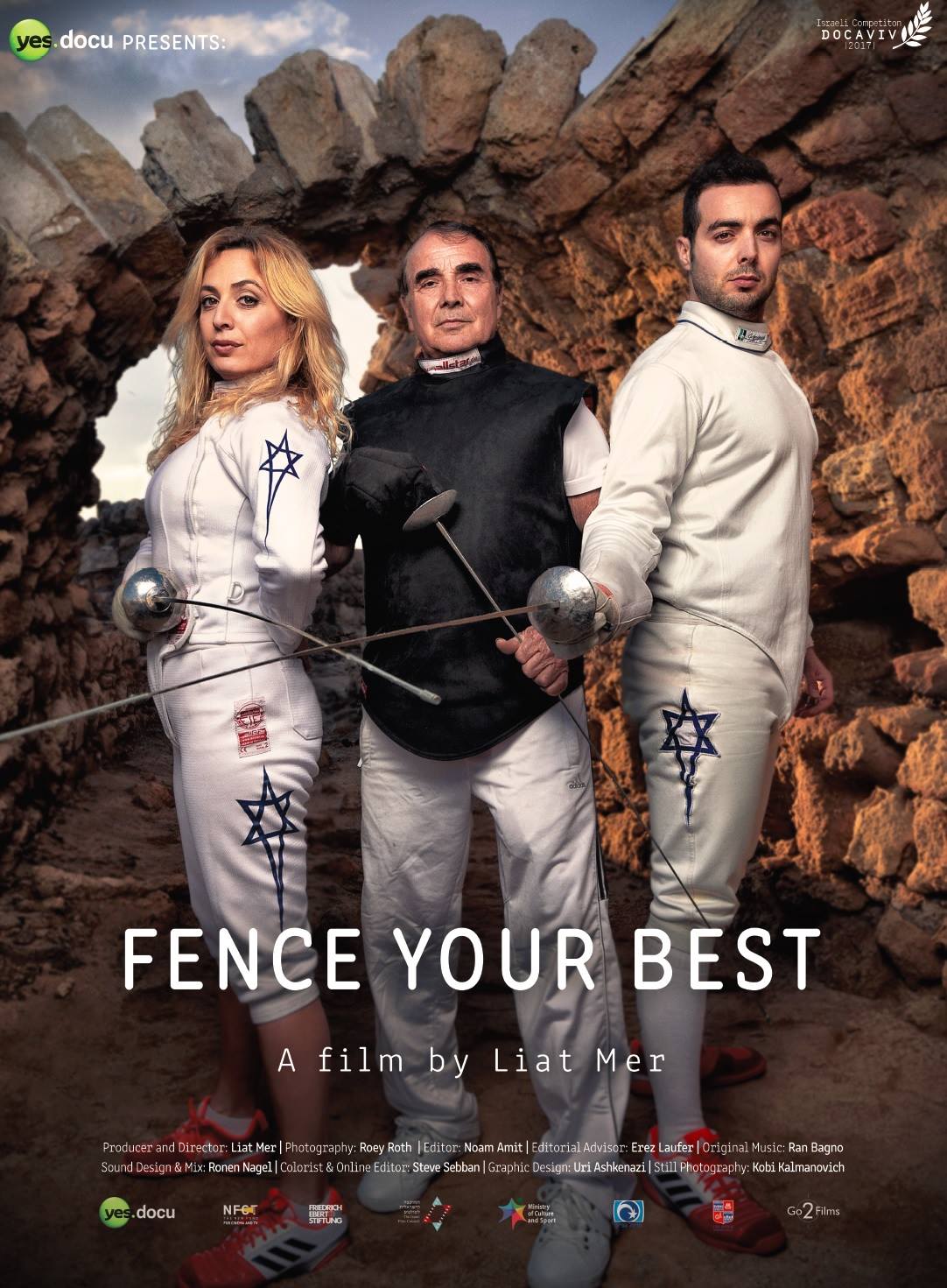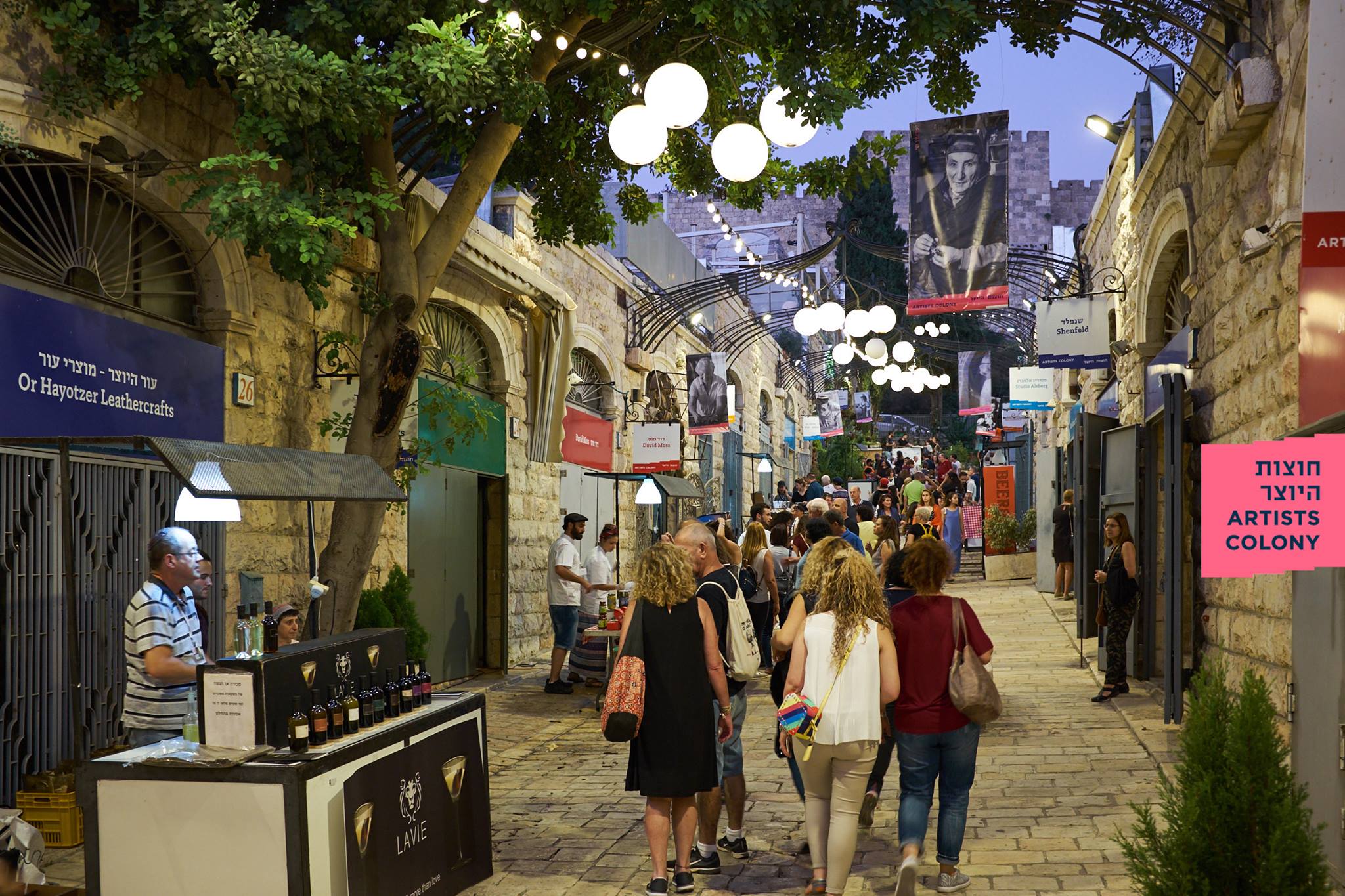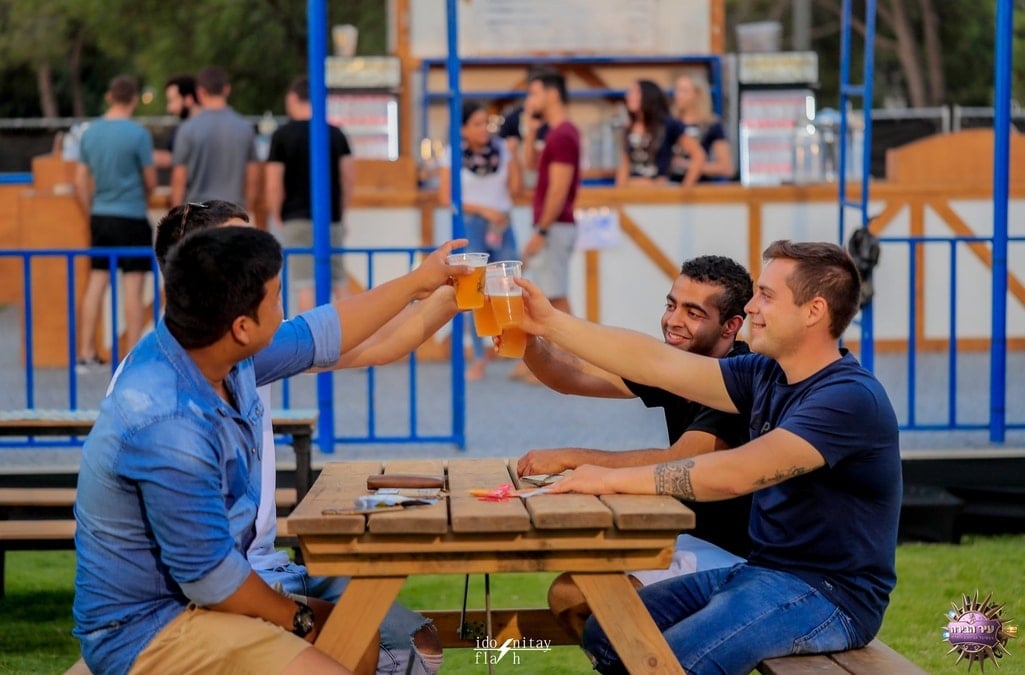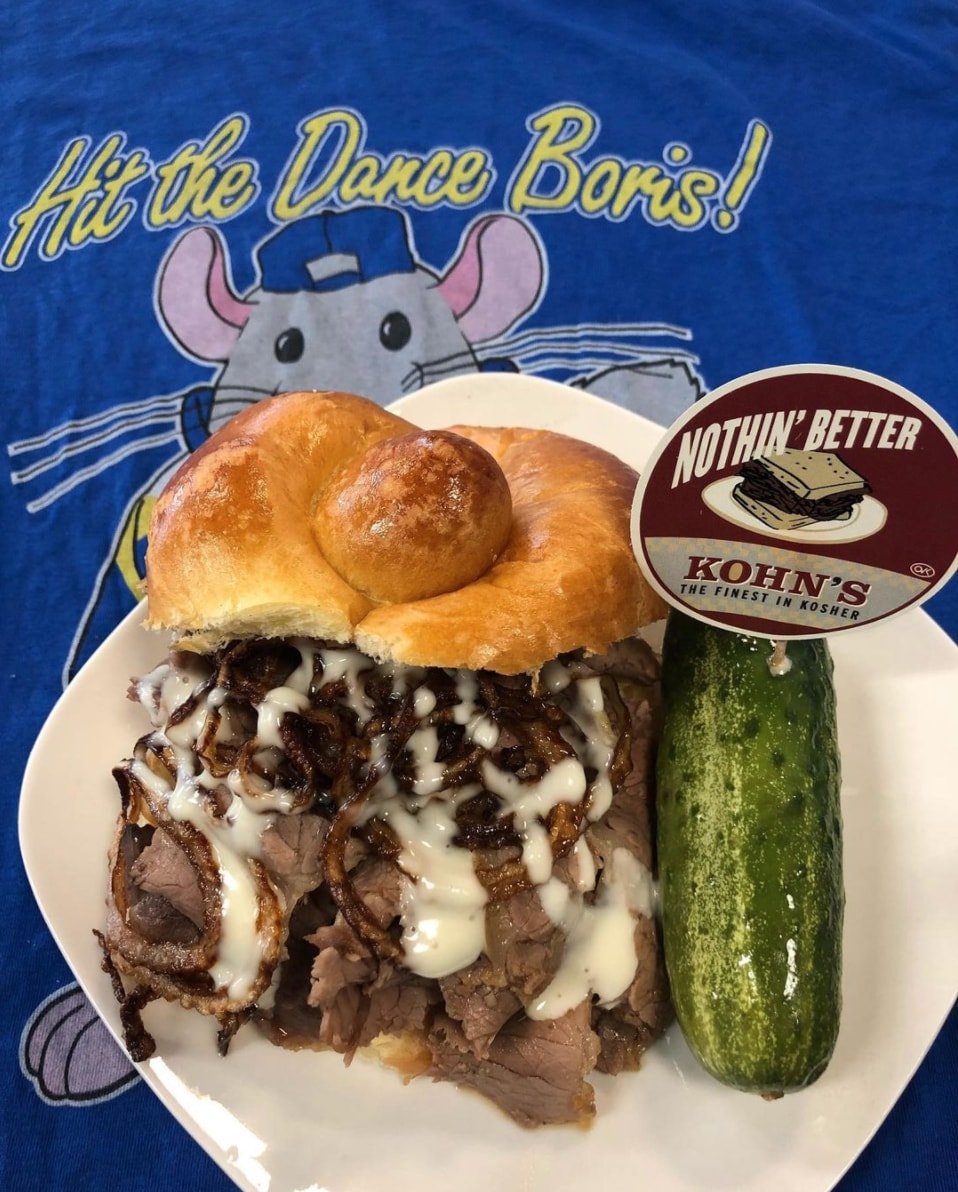Docaviv NPO acts at the heart of one of the most innovative, vital, and surprising creative arenas – that of documentary filmmaking. Our vision is to provide unique platforms throughout Israel for screening documentaries, exposing new audiences to the genre and to films that re-examine and expand its boundaries.
Docaviv – the Tel Aviv International Documentary Film Festival is the largest film festival in the city of Tel Aviv, and the only festival in Israel dedicated exclusively to documentary films. It is among the world’s leading documentary festivals, with over 130 new local and international documentaries screened each year. The program includes several competitions: The Israeli Competition, the International Competition, the Depth of Field Competition, the Shorts Competition, and the Student Competition. The Festival also features a special tribute program dedicated to the work of esteemed filmmakers, as well as themed programs dedicated to music, art, social issues, virtual reality and new technologies, and other curated programs.
As a festival that aims to encourage the creation and distribution of influential, moving and powerful films, Docaviv hosts a range of multi-faceted workshops and meetings with the world’s leading documentary filmmakers, including Michel Gondry, Alan Berliner, Ondi Timoner, Brett Morgen, Nikolaus Geyrhalter, Claire Simon, João Moreira Salles, Ruth Beckermann, Kazuo Hara and others. The Festival also holds several industry events, including one-on-one meetings between Israeli filmmakers and international decision makers, and DOC-LAB-TLV, a rough-cut lab with international mentors.
In 2018, the Academy of Motion Picture Arts and Sciences listed Docaviv as one of the leading festivals whose winners automatically qualify for Oscar consideration. From this year on, the winners of the Israeli, International and Short film competitions at Docaviv will be eligible to compete for an Oscar in the documentary category.
Each year, Docaviv awards Israel’s largest prize for an original Israeli documentary production, alongside other prizes for Israeli and international films, and outstanding student films. Prizes are also awarded to the winners of Docaviv’s annual student pitching competition and the documentary competition for high school students. Furthermore, the NPO is dedicated to supporting and encouraging young documentary filmmakers through various projects, such as DocuYoung, a hands-on documentary workshop for teenagers. The resulting films are screened each year at the Festival.
Throughout the Festival’s ten days, the celebration of documentary cinema takes place at the Tel Aviv Cinematheque and other venues throughout the city. In order to expose as wide an audience as possible to documentary works, the NPO also organizes two regional festivals: Docaviv Galilee, held in Ma’alot Tarshiha, and Docaviv Negev, held in Yeruham, as well as dozens of documentary film screenings at cultural centers throughout the country. In 2017, we launched Docaviv Cinema, providing film lovers with monthly screenings of the year’s greatest documentaries all year round, at the Tel Aviv Cinematheque and various cinematheques across the country.
The Festival and NPO were founded in 1998 by Ilana Tzur, who served as Festival Director for 12 years. The first edition of Docaviv Festival was four and a half days long, with 46 films screened. It was attended by 5,000 filmgoers. Today, Docaviv is Tel Aviv’s largest film festival, with an audience of over 67,000. In 2008, Galia Bador was appointed Festival Director and CEO of the Docaviv NPO. in 2016, Karin Rywkind Segal was appointed Artistic Director.
